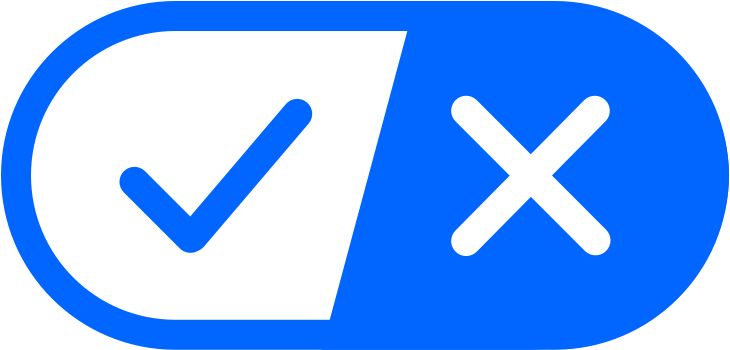Healthy Eating Tips for Older
It’s a well-known fact that good nutrition and healthy eating habits can help prevent chronic diseases — such as heart disease and cancer — as well as health conditions related to changes in muscle and bone mass, such as osteoporosis. The good news is that it’s never too late to start eating healthy.
For seniors, maintaining a healthy weight and eating a healthy diet are critically important parts of health and wellness. Sometimes, knowing which foods to eat and which foods to avoid can seem challenging.
In one study completed by
Healthy Foods with High Scores:
- Fruits
- Vegetables
- Nuts
- Seeds
- Beans
- Whole grains
- Foods rich in unsaturated fats and heart-healthy omega-3 fatty acids, like fish, avocados and olive oil.
Unhealthy Food with Low Scores:
- Red and processed meats
- Foods high in sodium and added sugars, such as sugar-sweetened beverages
- Pizza
- Potato chips
- Other junk foods
The more nutritious foods people ate, and the fewer junk foods they consumed, the higher their diet scores.
Little Changes Yield Big Rewards
To conclude the study, people who improved their eating habits saw big benefits. The researchers found that people who increased their diet scores by just 20 percent decreased their risk of heart disease. Achieving a 20 percent increase in your diet score could be as simple as replacing the sugary drinks in your diet with sparkling water and eating at least one handful of nuts or one serving of beans or lentils daily
Eating Healthy on a Budget
Some people think that healthy food has to be expensive. That isn’t true. Here’s a get started guide from the
Step 1: See what you already have in your pantry or freezer - create a game plan and don’t go to the store hungry.
Step 2: When you get to the store - read labels, buy more generic brands, buy fruits and vegetables that are in season and focus on less expensive, nutrition-packed whole foods.
Step 3: Things to do at home - know what a healthy plate and serving looks like, have fun finding recipes to try, cook at home more often than not and get creative with leftovers.
Getting Started with Healthy Eating the Easy Way – Meal Delivery Services
Another very quick and easy option is to try a meal delivery service. There are many meal delivery services out there that will send you healthy recipes and all the ingredients that you need to create healthy delicious meals quickly and easily.
Most of these services also cater to different diets such as plant-based diets, vegan diets and so much more. Both
Also, for a more affordable option the
Just remember that no matter what you do to improve your diet - simple changes can have big results! Nutrition is extremely important for older adults to live full and healthy lives.
Here are some additional helpful links and resources:
Content contained on this page is for informational purposes only and does not constitute medical advice. Consult your health care provider before beginning any new fitness or dietary plan. References provided are for informational purposes only and do not constitute endorsement of any websites or other sources. Should you have any health-related questions, you should contact your health care provider.
